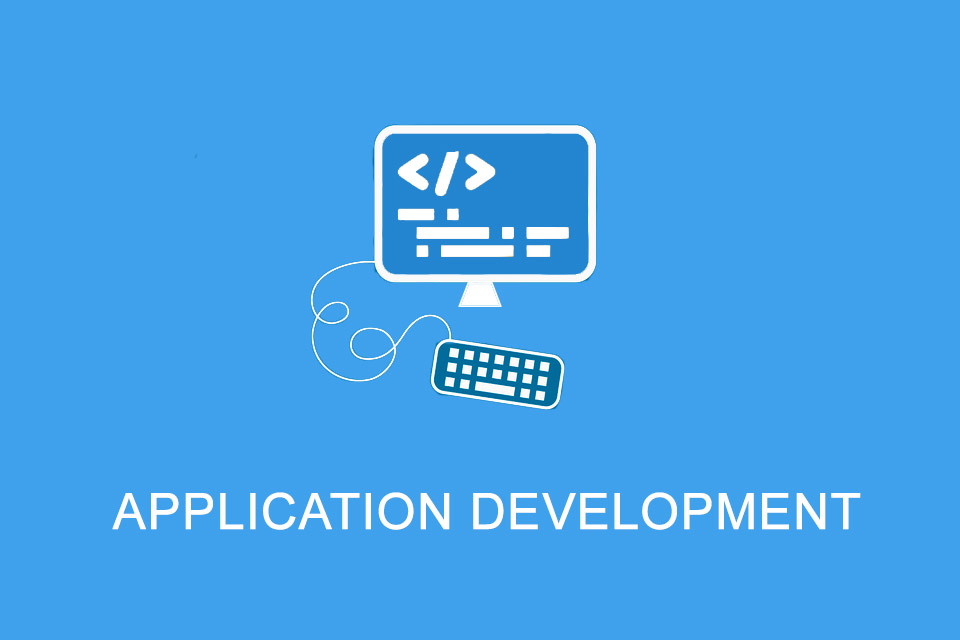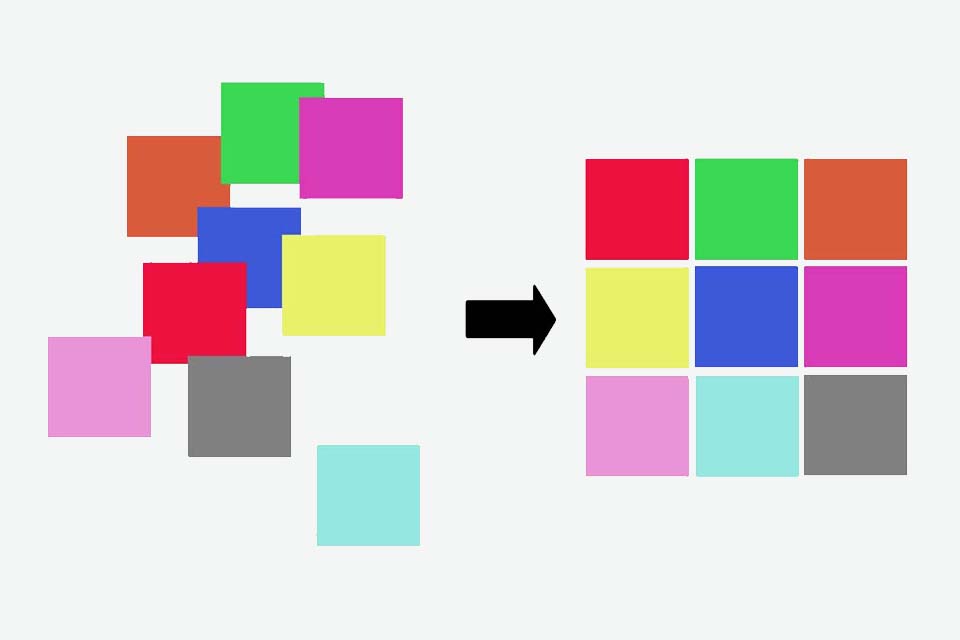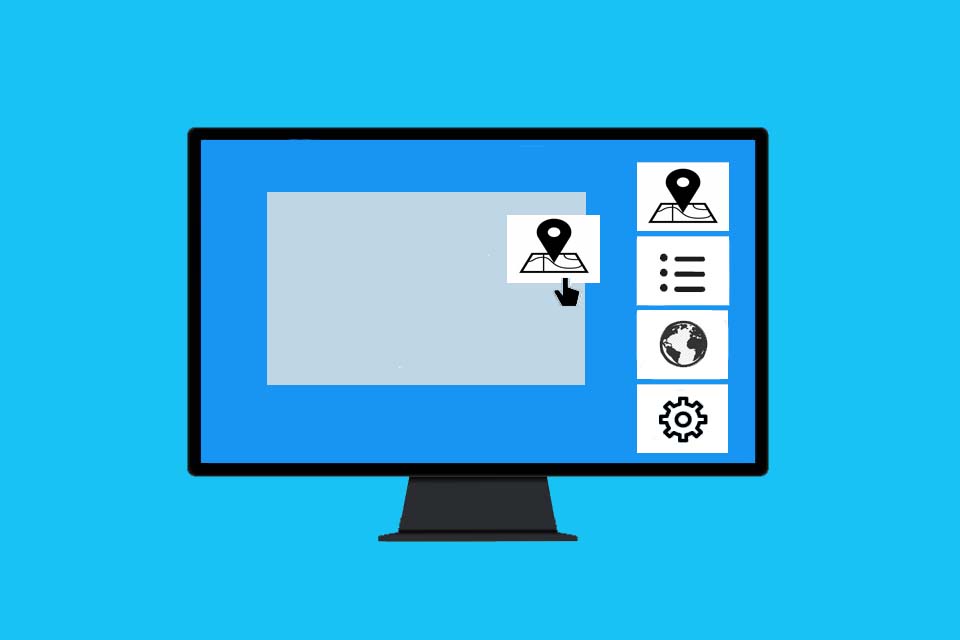What is Application Development?
Table of Contents: Definition – Types of software – Phases of application development – Procedure – Quality characteristics – Questions from the field – Notes
Smartpedia: Application Development is the process of creating application software that helps the user to perform specific tasks and activities.
The development of application software
Software is a central part of our lives today. Application development describes the entire process of producing software. We use application software every day
- to edit texts,
- as spreadsheets,
- to set up websites,
- to record videos and podcasts,
- to send and receive emails,
- as a media player,
- or as a graphics programme.
The application scenarios are wide-ranging, so it makes sense to distinguish between different types of software when considering application development.
Types of Software
In order to understand the term application development more clearly, it is useful to distinguish between different types of software. There are basically three different types of software:
- System software is the basis on which programs run. Typical examples are operating systems like Windows, Linux or macOS.
- Programming software refers to programs that developers use for programming, testing, build management or deployment. These can be individual tools such as debuggers or minifiers or integrated development environments (IDE for Integrated Development Environment). Alternatively, it is also referred to as middleware.
- Application software addresses the end user and provides features to perform specific tasks and activities. Typical examples are programs for document creation and storage, image processing, movie or music playback, etc.
In the context of software development for mobile devices, there is also the term app – an abbreviation for application. Even if application is just another word for application software, apps often refer to programs that run on mobile phones or tablet PCs. However, since apps are now also offered for desktop PCs, the distinction is becoming increasingly blurred.
In summary, application development is the process of creating application software that helps the user to perform certain tasks and activities.
Procedure for application development
There are different phases of application development:
Requirements analysis
In the requirements analysis phase, the aim is to find out the requirements of the stakeholders and thus also of customers and users. Among other things, the system context must be defined, and stakeholders must be identified, analysed and communicated with. Scenarios or creativity techniques such as brainstorming or brainwriting may be used to determine requirements. Ideally, the requirements analysis follows a defined process.
Architecture design
In this phase, the aim is to determine the architecture of the application, i.e. technologies, programming languages, databases, interfaces, etc. This is where the Twin Peaks Model could come into play.
Implementation
Implementation is the central phase of application development, but it cannot succeed without the other phases. In practice, it is recommended that you implement so-called clean code.
Testing
Of course the application must also be tested. There are different types of tests like unit tests, integration tests and system tests. In terms of release management, it is also advisable to work with alpha and beta versions in order to obtain early feedback from users. Just because an application works, does not mean that it also covers the needs of the users.
Deployment
In this phase the application software is made available to the users. Alternatively, this phase can also be described as release or acceptance. Ideally, companies should refrain from delivering banana software. And of course the functions of the application software should be documented and manuals and tutorials should be made available.
Maintenance and support
An application software without errors is hard to imagine. In other words: software is developed continuously, errors are eliminated, new features are added. Changes should be recorded in a change log. Typically, refactoring occurs over time and hotfixing is not uncommon.
Application development phases
Of course, there are also different approaches to application development. For example, one could distinguish between the process models used:
- Waterfall Model
- Spiral Model
- V-Model
- V-Modell XT
- Model Driven Development
- Feature Driven Development
- Test Driven Development
- Domain Driven Development
- …
Or you could also look at
- the type of programming (one developer, Pair Programming, Mob Programming),
- the use of third-party and finished products (in-house programming, purchase of individual modules and components),
- the philosophy used (Scrum and the agile manifesto, extreme programming, Kanban) or
- the technology (e.g. rapid application development, low code application development, no code application development, mobile application development or enterprise application development).
Since many of these distinctions are fluid – and perhaps academic – it is important for any organisation to decide for itself how to structure application development. The goal is to meet the eight criteria for software quality.
Quality characteristics of application development
ISO 25010 defines the following eight quality characteristics for software:
- functional software, i.e. functionally correct, appropriate and complete
- reliable software, in the sense of mature, available, fault-tolerant and recoverable
- efficient performance, i.e. with good timing, capacity conservation and effective use of resources
- highest security, i.e. not manipulable, authenticatable, safe to administer (also by means of protected user accounts), as well as data protection and integrity
- high comparability in terms of optimal co-existence with other software and interoperability
- perfect usability and thus good operability, easy access and easy to learn, aesthetic user interface and optimal recognisability, as well as protection against incorrect operation by the user
- easy maintenance due to modular design, reusable components, extensive test options, good analysis functions and easy modification
- easy portability, i.e. easy to install, easy to exchange and well adaptable
Many of these quality features are also obvious in application development: every user wants, for example, high functionality, good reliability and simple operation. And of course, application software should always be easy to maintain or run on different hardware. But some aspects are more difficult to grasp: What is perfect usability? How does an easy installation work for an enterprise solution that is used worldwide in different time zones? Or what is efficient performance? Depending on the application software’s area of use, manufacturers must find appropriate answers to these questions.
Questions from the field
Here you will find some questions and answers from the field:
What are the trends in application development?
Application development is in a constant state of flux, characterised by new technologies, methods and paradigms. The most important trends currently shaping the industry include the increased use of cloud computing, the introduction of DevOps practices, the rise of low-code/no-code platforms and the increasing integration of artificial intelligence and machine learning.
Cloud computing is a particularly influential trend. Developers are increasingly relying on cloud-based services to provide applications faster and more efficiently. Cloud platforms such as Amazon Web Services (AWS), Microsoft Azure and Google Cloud offer a wide range of services that make it possible to develop scalable, flexible and highly available applications. Serverless architectures in particular, where developers can run code without the need for server management, are gaining popularity as they reduce costs and shorten development time.
DevOps is another key trend that has revolutionised the way software is developed and deployed. The merging of development and operations results in shorter release cycles, improved collaboration between teams and higher software quality. Automation plays a crucial role here, whether through continuous integration/continuous deployment (CI/CD) pipelines, automated tests or monitoring tools. These practices enable the rapid and continuous delivery of software, which in turn increases adaptability to market changes.
Low-code/no-code platforms are also on the rise. These tools make it possible to develop applications with minimal programming effort, which is particularly attractive for companies that need to implement solutions quickly but do not have sufficient developer resources. Ideally, they lower the barriers to entry and enable non-developers to create functional applications. This trend could permanently change the way software is developed by democratising development and giving companies greater agility.
Another important trend is the integration of artificial intelligence (AI) and machine learning (ML) into applications. AI-driven functions such as chatbots, personalised recommendations and predictive analytics are increasingly being integrated into software solutions. Frameworks from some major cloud providers are making it easier for developers to integrate AI models into their applications. These technologies open up completely new possibilities for improving user experiences, automating processes and gaining valuable insights from data.
To summarise, it can be said that application development is now more strongly characterised by innovation than ever before. The increasing shift to the cloud, the introduction of DevOps, the rise of low-code/no-code platforms and the growing importance of AI and ML are key trends that will shape the future of the industry. Developers who familiarise themselves with these technologies and methods will be well equipped to master the challenges of digital transformation.
Why is clean code important in the development of applications?
Clean code is an approach to software development that aims to write code in such a way that it is easy to read, maintain and extend. The idea behind clean code is that software is not only written for machines, but above all for people – namely for developers who have to read, understand and change the code later. Clean code is characterised by a clear structure, meaningful names, simple logic and the avoidance of unnecessary complexity.
The advantages of this approach are manifold. Firstly, clean code promotes better team collaboration as the code is easy to understand for all developers. This reduces the familiarisation time for new team members and makes it easier to work together on complex projects. Secondly, clean code leads to fewer errors and higher code quality, as clear, well-structured code is easier to test and debug. Thirdly, it facilitates future adaptations and extensions, which is particularly important when requirements change or new features are added.
Finally, the clean code approach ensures that software projects remain stable, cost-efficient and easy to maintain in the long term. Developers who practise clean code make a significant contribution to the successful completion and continuous improvement of projects.
How important is cybersecurity in application development?
A key guide to recognising and remediating the most common security risks is the OWASP Top 10, a list of the ten most critical web application security risks created and regularly updated by the Open Web Application Security Project (OWASP) community.[1] This list serves as a recognised standard and guide for developers, security researchers and companies to focus on the most common and dangerous security issues in web applications. The 10 points are:
- Improper enforcement of access rules allows attackers to access functions and data that they are not normally allowed to view or manipulate.
- Incorrect implementation of encryption or failure to protect sensitive data jeopardises the confidentiality and integrity of information.
- Vulnerabilities that allow an attacker to inject malicious code into the application, for example through SQL injection, where a database is manipulated.
- Insecurities based on conceptual errors, such as inadequate security requirements and poorly designed processes that open up opportunities for attack.
- Insecure settings or incorrect configurations of web servers, databases, frameworks and applications that facilitate attacks.
- Use of libraries, frameworks or other software components with known security vulnerabilities.
- Vulnerabilities in authentication and session management functions that allow attackers to take over user accounts.
- Risks arising from inadequate integrity checks of software updates, scripts or data.
- Insufficient logging and monitoring that prevents timely detection and response to security incidents.
- Vulnerabilities where an attacker causes the server to send unwanted requests to other services, often to attack internal networks.
Conclusion: OWASP Top 10 helps developers learn and implement secure coding practices and helps organisations improve the security of their applications.
How critical is user experience in the course of application development?
User experience (UX) is far more than just an aspect of design – it is a key element that determines the success or failure of an application. A good UX means that an application is not only functional, but also easy to use and pleasant to use. This requires that the needs and expectations of users are at the centre of development from the outset.
A well thought-out UX design takes into account various factors such as intuitive navigation, clear and understandable interactions, consistent design and fast loading times. These elements help users to easily achieve their goals, be it buying a product, finding information or using a service. When an application fulfils these aspects, it minimises frustration and maximises satisfaction, which in turn increases the likelihood that users will return and recommend the application to others.
In addition, a strong UX has a direct economic impact. An application that is easy and pleasant to use reduces support requests, lowers bounce rates and increases conversion rates. A poor UX design, on the other hand, can cause users to bounce and look for alternatives, which can lead to losses and negative feedback.
To summarise, usability is not just a nice-to-have, but an essential part of application development. It creates the crucial difference between an application that merely works and one that delights. Consistently focussing on an outstanding user experience ensures that the application offers users real added value and remains successful in the long term.
Which tips are useful for application development?
When it comes to application development, there are a number of tried and tested tips that can make the development process more efficient and improve the quality of the finished application. One of the most important pieces of advice is to define clear and precise requirements right from the start. A thorough requirements analysis helps to avoid misunderstandings and ensures that the functions developed meet the actual needs of the users.
Another tip is the consistent use of version control systems such as Git. These make it possible to document changes to the code in a traceable manner, work together as a team and restore previous versions if required. This increases transparency in the development process and reduces the risk of errors.
The importance of regular testing cannot be emphasised enough. Automated tests, such as unit tests and integration tests, ensure that the code works reliably and that changes do not have any undesirable side effects. In addition, testing should also cover the user interface and usability to ensure that the application is not only functional but also user-friendly.
Another important aspect is the maintainability of the code. Principles such as clean code, modularisation and adherence to programming standards help to ensure that the code is readable and easy to understand. This not only facilitates collaboration within the team, but also future maintenance and expansion of the application.
Finally, security should be integrated into the development process right from the start. It is advisable to consider security best practices such as regular vulnerability scanning, the use of secure libraries and the implementation of safeguards against common attacks, such as the OWASP Top 10. In this way, the risk of security incidents can be minimised.
By following these tips, application development can be made more effective, resulting in high-quality, secure and user-friendly software that is successful in the long term.
What criteria do you use to recognise how good a potential service provider is when it comes to application development?
Notes:
If you like the article or would like to discuss it, please feel free to share it in your network. And if you have any comments, please do not hesitate to send us a message.
[1] OWASP Top 10: A standard document for sensitising developers and for the security of web applications.
Here you can find a German video about training as an IT specialist in application development.
Here you can find a field report on the agile migration of applications.
And here you will find additional information from our Smartpedia section:



